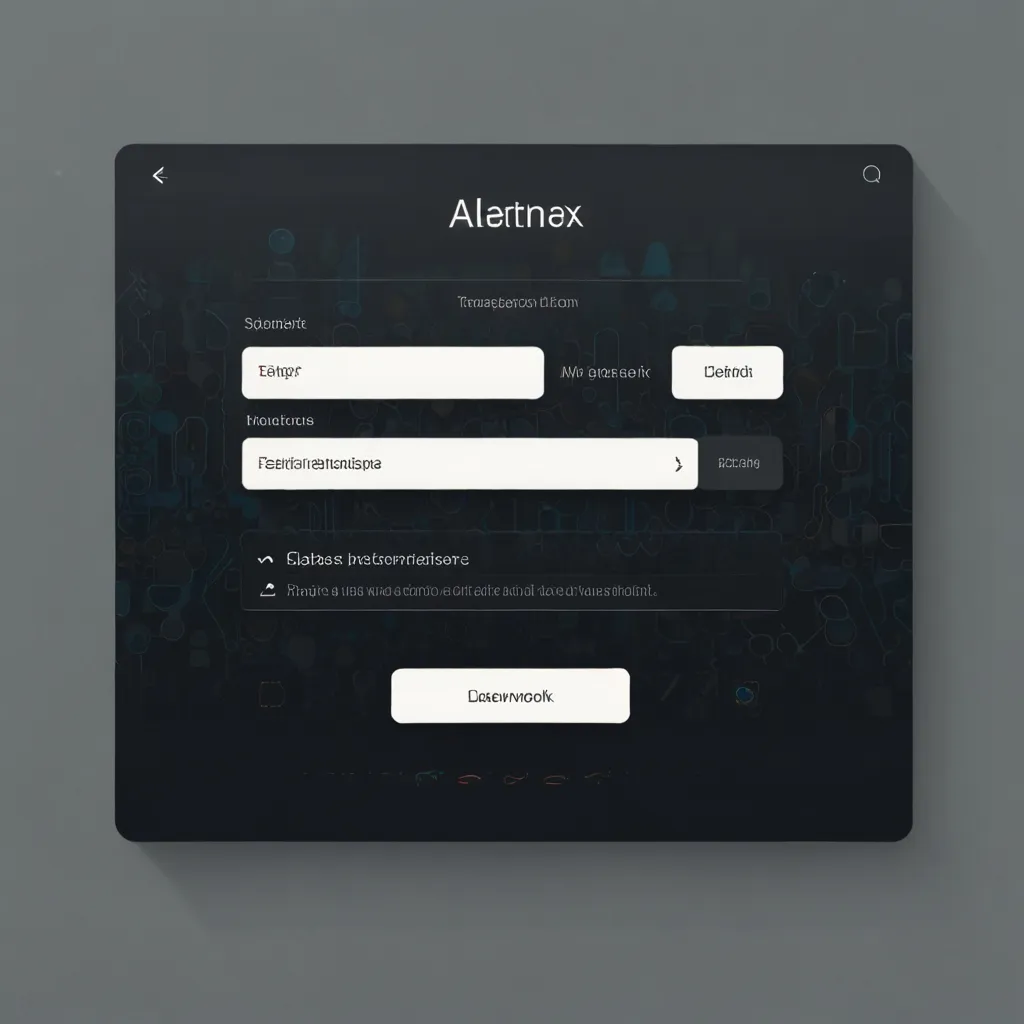Dive into Semantic UI: Crafting Beautiful Web UIs Effortlessly
If you’re into web development, you’ve probably heard of Semantic UI—a front-end framework that’s been gaining traction for its ability to create sleek, responsive, and interactive user interfaces. It’s designed to make HTML more readable and intuitive, helping developers build amazing websites with way less hassle. Let’s decode what makes Semantic UI tick and why it’s getting so popular.
What’s the Buzz About Semantic UI?
Semantic UI revolves around using human-friendly HTML. Think of it as speaking a familiar language rather than deciphering cryptic code. It links concepts intuitively through noun/modifier relationships and word order, making the code look clean and understandable. Imagine the simplicity and ease similar to BEM or SMACSS but without all the complexity.
The Cool Features
One of the standout aspects of Semantic UI is its concise HTML. Unlike other frameworks that make you slog through lengthy class names, Semantic UI keeps it simple and sweet. Imagine creating a button with just <button class="ui button">Follow</button>. Isn’t that neat?
Then there’s the responsive design using EM values, ensuring your site looks great on any device. Build once, deploy everywhere without tearing your hair out over different screen resolutions.
And don’t even get started on the JavaScript integration. Semantic UI brings intuitive JavaScript into the mix, making front-end development a joyride. Adding interactivity to your components becomes as easy as pie with commands like $('.ui.checkbox').checkbox();.
The cherry on top is its thorough documentation and bustling community support. You can dive into the docs and get started fast, and when you’re stuck, help is just a click away on platforms like StackOverflow or the framework’s Gitter chatroom.
Installing It Like a Pro
Getting started with Semantic UI is a breeze. If you’re just dipping your toes in, the CDN method is perfect. Just plug the CDN links into your HTML file, and you’re good to go.
<!DOCTYPE html>
<html>
<head>
<title>Semantic UI</title>
<link rel="stylesheet" href="https://cdnjs.cloudflare.com/ajax/libs/semantic-ui/2.4.1/semantic.min.css">
<script src="https://code.jquery.com/jquery-3.1.1.min.js" integrity="sha256-hVVnYaiADRTO2PzUGmuLJr8BLUSjGIZsDYGmIJLv2b8=" crossorigin="anonymous"></script>
<script src="https://cdnjs.cloudflare.com/ajax/libs/semantic-ui/2.4.1/semantic.min.js"></script>
</head>
<body>
<!-- Your HTML goes here -->
</body>
</html>
If you’re a pro and need more control, installing Semantic UI using build tools like Gulp is the way to go. Install Gulp globally and Semantic UI in your project directory, then include the compiled CSS and JavaScript files in your HTML.
npm install -g gulp
npm install semantic-ui --save
cd semantic/
gulp build
And in your HTML:
<link rel="stylesheet" type="text/css" href="semantic/dist/semantic.min.css">
<script src="https://code.jquery.com/jquery-3.1.1.min.js" integrity="sha256-hVVnYaiADRTO2PzUGmuLJr8BLUSjGIZsDYGmIJLv2b8=" crossorigin="anonymous"></script>
<script src="semantic/dist/semantic.min.js"></script>
This method is great for offline development and gives you the reins to include exactly what you need.
Playing Nice with Other Frameworks
What’s cool about Semantic UI is its seamless integration with other front-end frameworks like React, Angular, Meteor, and Ember. Imagine having your UI layer neatly organized alongside your application logic. No more messy projects!
Building a Simple Log-In Form
Let’s see Semantic UI in action by whipping up a simple log-in form. Here’s a little taste:
<!DOCTYPE html>
<html>
<head>
<title>Semantic UI</title>
<link href="https://cdnjs.cloudflare.com/ajax/libs/semantic-ui/2.4.1/semantic.min.css" rel="stylesheet" />
<script src="https://code.jquery.com/jquery-3.1.1.min.js" integrity="sha256-hVVnYaiADRTO2PzUGmuLJr8BLUSjGIZsDYGmIJLv2b8=" crossorigin="anonymous"></script>
<script src="https://cdnjs.cloudflare.com/ajax/libs/semantic-ui/2.4.1/semantic.min.js"></script>
</head>
<body>
<div class="ui container">
<h2>Log In</h2>
<form class="ui form">
<div class="field">
<label>Username</label>
<input type="text" name="Username" placeholder="Username">
</div>
<div class="field">
<label>Password</label>
<input type="password" name="password" placeholder="Password">
</div>
<div class="field">
<div class="ui checkbox">
<input type="checkbox" tabindex="0" class="hidden">
<label>Remember Me</label>
</div>
</div>
<button class="ui button" type="submit">Log In</button>
</form>
</div>
<script>
$('.ui.checkbox').checkbox();
</script>
</body>
</html>
Easy-peasy, right? A visually appealing, functional form in no time.
Browser Compatibility
Worried about browser support? Don’t be. Semantic UI has you covered, supporting the latest versions of major browsers like Firefox, Chrome, Safari, and even the old warhorse, Internet Explorer 11+. Mobile browsers? Covered too!
Themes and Customization Galore
Semantic UI pulls ahead with its extensive theming capabilities. Customize to your heart’s content with its inheritance system and theming variables. Tweak any component to fit your unique design needs without losing sleep over it.
Performance Logging
Stressed about performance bottlenecks? Semantic UI has got that too. It includes performance logging features to help you track down issues without combing through endless stack traces. Smooth and stress-free optimization at your service.
Wrapping Up
Semantic UI is a fantastic tool for front-end developers of all levels. Its concise HTML, intuitive JavaScript, and powerful customization options make it a solid choice for crafting beautiful, responsive user interfaces. Whether you’re just starting or are a seasoned developer, Semantic UI can elevate your development game.
With comprehensive community support and seamless compatibility with other frameworks, you’re in good hands. Give it a try, and see how it transforms your web development projects into something truly spectacular.






